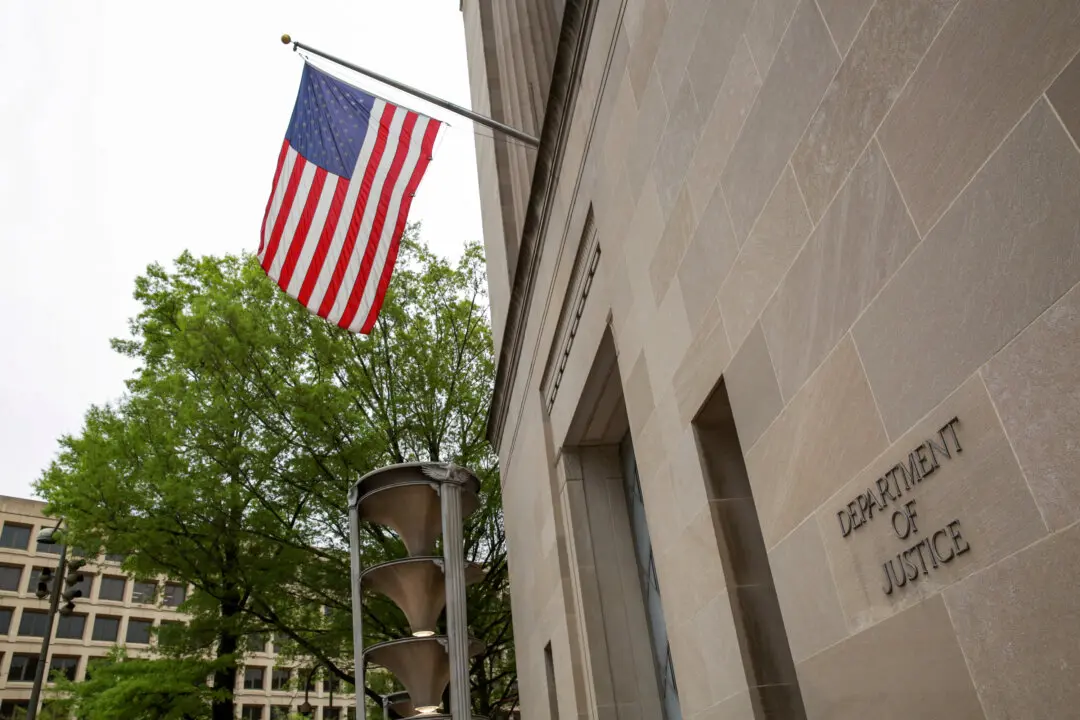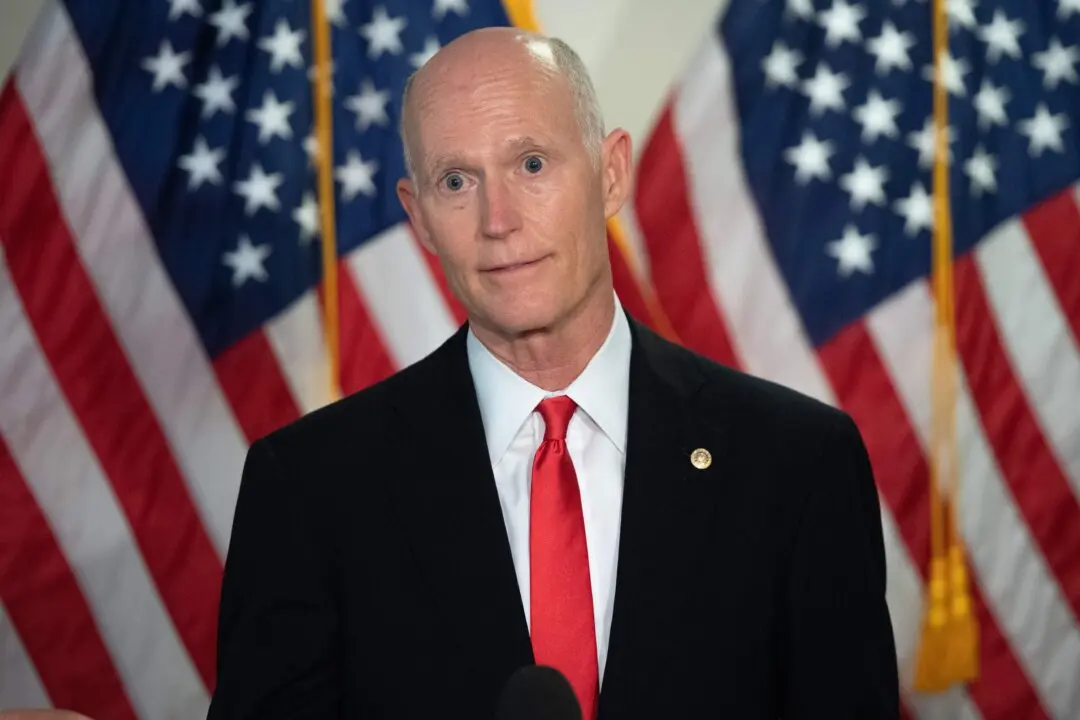Local governments across New South Wales are looking for ways to tackle the recycling challenges following China’s import restrictions on recycled materials. However, uptake of funding offered to improve recycling across the state has been slow.
In a workshop attended by local government representatives on July 20, NSW Environment Minister Gabrielle Upton called on councils to take advantage of the state government’s $47 million assistance package announced in March aimed at providing temporary relief to councils and industry bodies as China enforces its National Sword policy.




